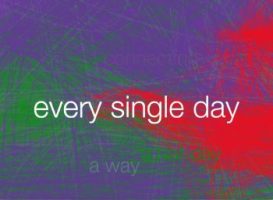
A walk I do
This work combines instrumental performance with live audio and text processing. I asked Carla Rees to send me an informal description of a favourite walk, which I used as found material.

This work combines instrumental performance with live audio and text processing. I asked Carla Rees to send me an informal description of a favourite walk, which I used as found material.
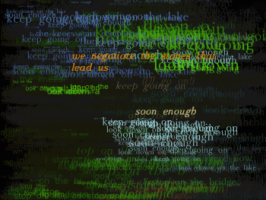
This work was made in 2015, for instrument (or two instruments) and mac App (iPad or mac). The performer influences the way the visual and aural landscape emerges and recedes, and tells a story about a walk, a lake, and being in a place. Words are drawn from an informal text on a walk by Paul Roe.
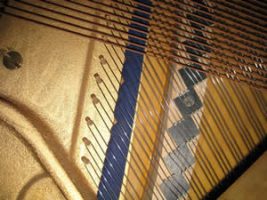
I wrote and recorded the text for friend and fellow composer, Richard Hoadley to use in an interactive work with pianist Philip Mead.
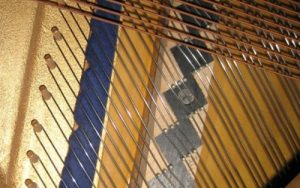
Composed in 1991 for piano, digital sound and live electronics, this piece is about aspects of translation, and makes use of Gaelic psalm singing, speech from a documentary radio programme on translating from Gaelic to English, and what is lost.
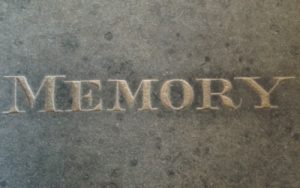
Composed in 1991, almost as an ‘escape’ from being immersed in the world of computer music and sound manipulation. Memory places draws its inspiration from the Renaissance notion of the ‘Theatre of Memory’, and the fact that instrumental music – played by live, human performers – is a remembering of sound quite unlike that of recorded sound
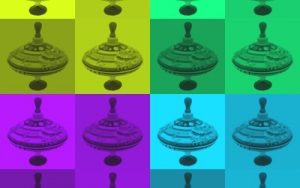
This rather eccentric set of pieces for solo percussion, intended as not a little ironic in tone, was commissioned for Simon Limbrick to play at a concert of music by composers then working at Goldsmiths, University of London. Please feel free to cut, adapt and play in any order.
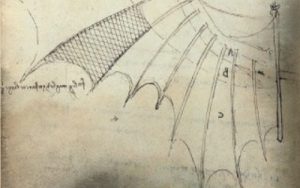
In this piece for four voices and fixed sound, composed in 1993, the myth of Icarus is interwoven with brief extracts from Leonardo’s astounding writings on flight, and on the sun. Both could be said to represent a yearning for distant possibilities, spiritual or otherwise.
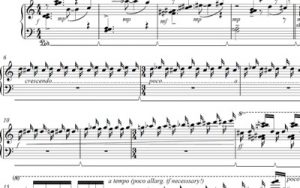
A short, theatrical piano solo, composed for the Guildford Festival in 2005, to be played with thumbs only, a baroque suite in miniature based on Dylan’s ‘Mr Tambourine Man’. The programme notes (to be read at performance) are vital.
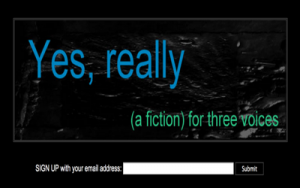
Written in 2008, ‘Yes, really’ reached the finals of the New Media Writing Prize 2010. It’s an email-based fiction in which the stories of three characters arrive in your inbox as a series of messages.
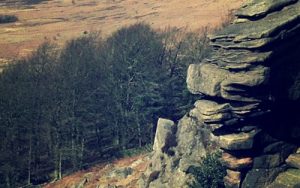
Solo piano, 1995. The four pieces which make up Transparent things each explore notions of transparency: the idea of looking through a surface in search of something less tangible, and more resonant. They were inspired by both the above quotation and my long walks on and around Stanage Edge, in the Peak District, Derbyshire (UK).
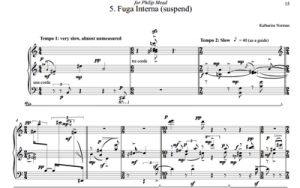
Solo piano, 2010. The fifth in my series Fuga Interna, this one based in obscure and devious ways on all the suspensions within Bach’s Fugue in B Minor, book 1 of the Well-Tempered Clavier.
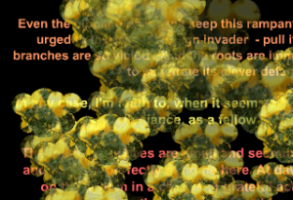
For a few years we lived on Pender Island, off the coast of British Columbia. Yellow broom, an invasive plant, was everywhere, regarded by many as an unwanted, destructive presence. But not by all …
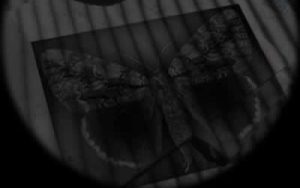
Here and there (2006) is a small piece of interactive digital writing. For several years I lived on an island. Like the moths, we relied on moon and stars for nocturnal navigation. For a period, life was very different.
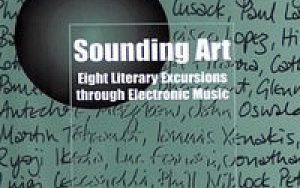
Academic writing, research and some other writings that are more on the academic side than the creative side … kind of. Most are about sound, listening, sounding art and music.
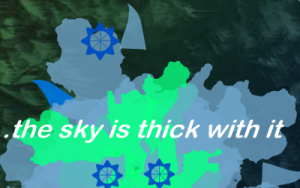
This interactive text-based piece, made in 2006, is a small allegory about life, death, and precarious conditions.
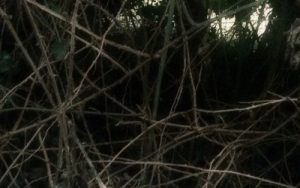
Commissioned for Paul Roe to perform at the Galway Arts Festival in 2000. I wrote this piece very much with Paul in mind, and his particular ability to explore the more experimental timbres contained within the clarinet.
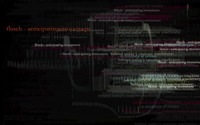
Here, setting out alone, feet heavy in the clay, travel seems a blind cacophony replete with ancient allegories In a dark wood An isle full of noises Tilting at shadowy windmills You can’t see the wood for the trees — the usual wayfaring fears At first, still in darkness, strike out on a new path […]
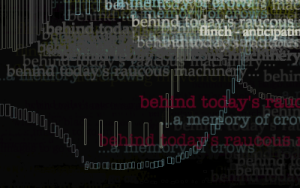
Composed 2013, for 1-2 instruments and electronics, and also available as a fixed video realisation. It’s a poetic exploration of place, and place making, and makes use of live interactive processing of animation, text and audio.
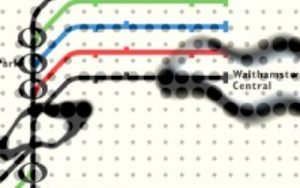
For sound alone, 1991-1994. These three sound-based works are all about London, not the London of tourist brochures but the London that I lived in at the time, the early 1990s, and the London remembered by my mother, growing up during World War II. All three pieces make use of personal recordings, and form an […]
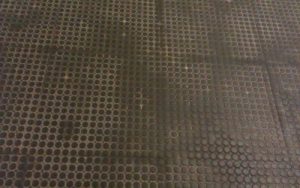
This very short piece uses only three unidentified sounds, provided by the CD label, to make a rather grungy, irreverent and perhaps slightly folk-like dance.